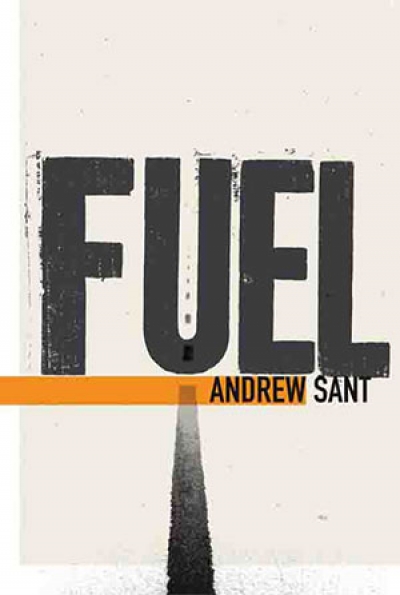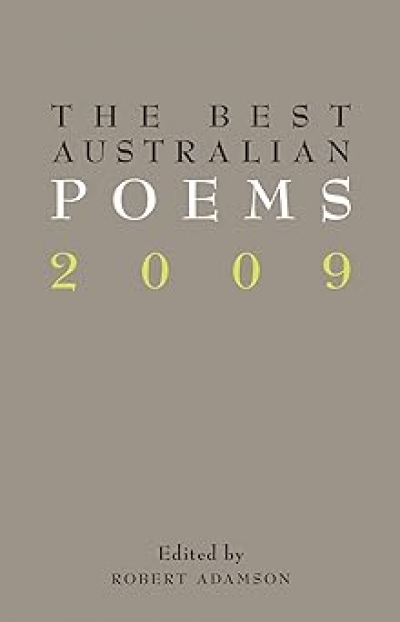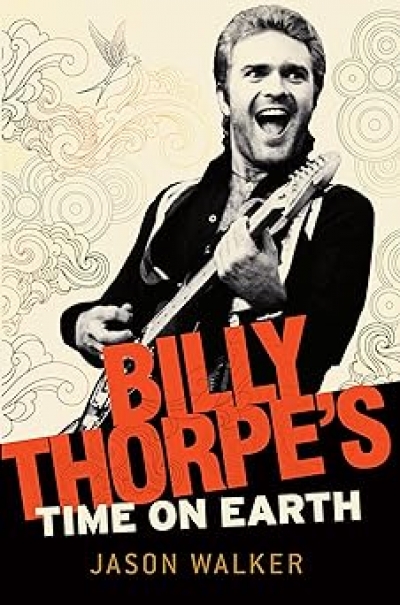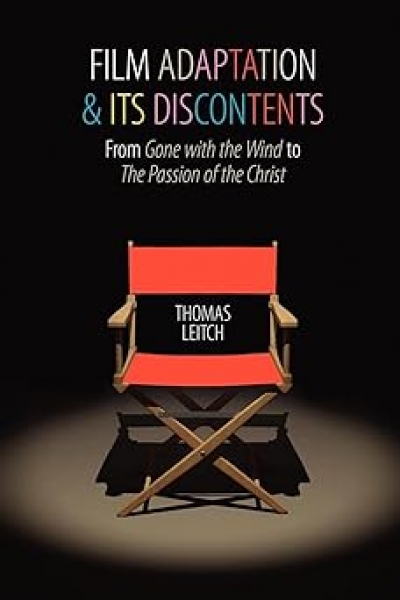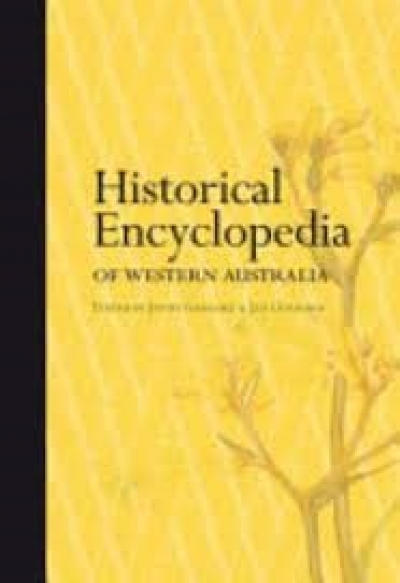Archive
The Best Australian Poems 2009 edited by Robert Adamson
by Gregory Kratzmann •
Australians: Origins to Eureka, Volume 1 by Thomas Keneally
by Ann Standish •
Stolen by Lucy Christopher & Mama's Song by Ben Beaton
by Stephen Mansfield •
Calvin by Bruce Gordon & Political Grace by Roland Boer
by Bruce Mansfield •
Film Adaptation and its Discontents: From Gone With The Wind to The Passion of The Christ by Thomas Leitch
by John Byron •
Historical Encyclopedia of Western Australia edited by Jenny Gregory and Jan Gothard
by Stuart Macintyre •
I Blame Duchamp: My Life’s adventures in art by Edmund Capon
by Patrick McCaughey •

